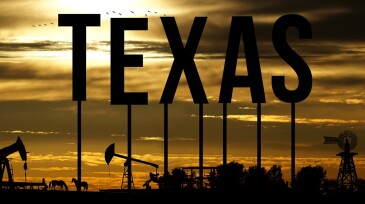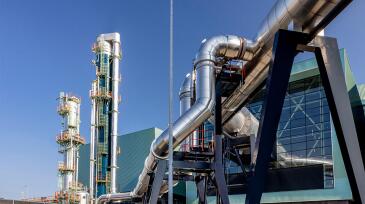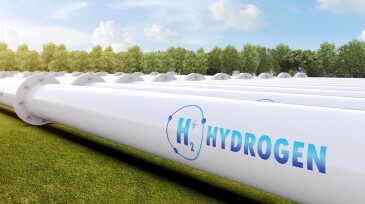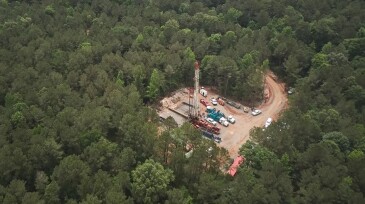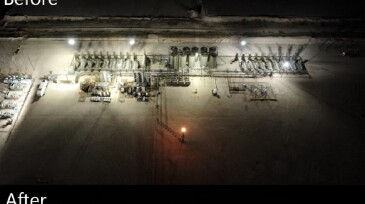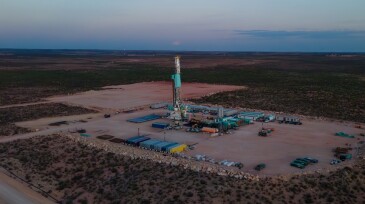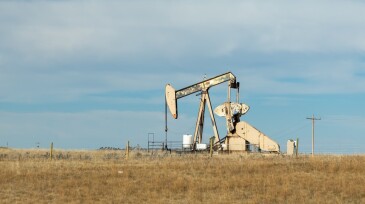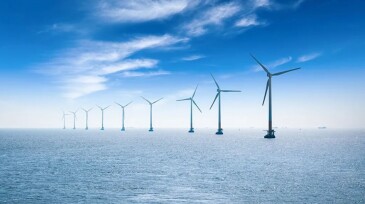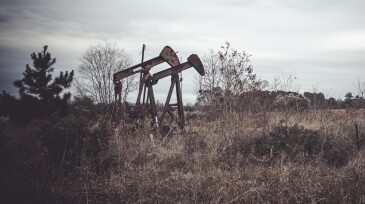Environment
This paper details a data-driven methodology applied in Indonesia to enhance flare-emission visibility and enable targeted reduction strategies by integrating real-time process data with engineering models.
This study presents the development of a biodegradable surfactant developed using principles of environmentally friendly chemistry from natural sources. The goal is to develop an effective and environmentally friendly surfactant that can emulsify and disperse oil to reduce its effects on marine environments.
This study ascertains the capital expenditure and operating expenditure associated with the reuse of existing facilities, specifically regarding a carbon capture and storage project being prepared in South Korea.
-
The Texas Railroad Commission is revisiting the state’s primary oil and gas waste regulations, which were last updated in 1984, to better align them with modern industry practices and rising demands for stronger environmental protections.
-
The plant is designed to capture up to 100,000 tonnes of carbon dioxide annually for the Netherlands-based sustainable energy supplier Twence.
-
The first-of-its-kind map highlights areas of interest for this potential source of energy and chemical supply.
-
A new modeling tool examines the pathways and technology necessary for California to reach carbon neutrality economywide by 2045.
-
The money will aid the partnership of Equinor and Standard Lithium in constructing a processing plant, which, in its first phase, is targeted to produce 22,500 tonnes of lithium carbonate per year for use in battery production.
-
DarkSky International, a global authority on light pollution reduction, applauded Franklin Mountain Energy for overhauling its lighting practices, which reduced the skyglow during the night.
-
The analysis found that the decline in Permian Basin methane emissions equaled the annual carbon emissions avoided by every electric vehicle in the US.
-
The funding, aimed to help small operators, builds on nearly 100 cross-government actions designed to sharply reduce methane pollution.
-
The Interior Department has now approved more than 19 GW of offshore wind energy.
-
The money from the Investing in America agenda will be used for plugging, remediating, and reclaiming orphaned oil and gas wells in national parks, national forests, and national wildlife refuges.




